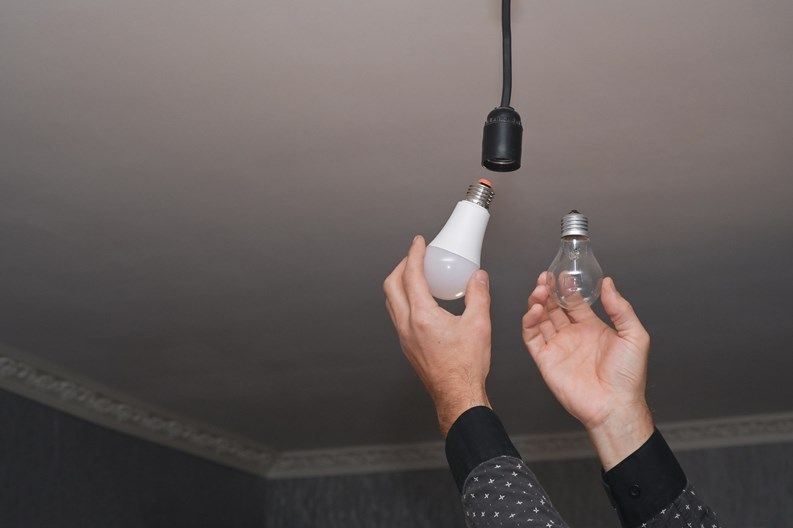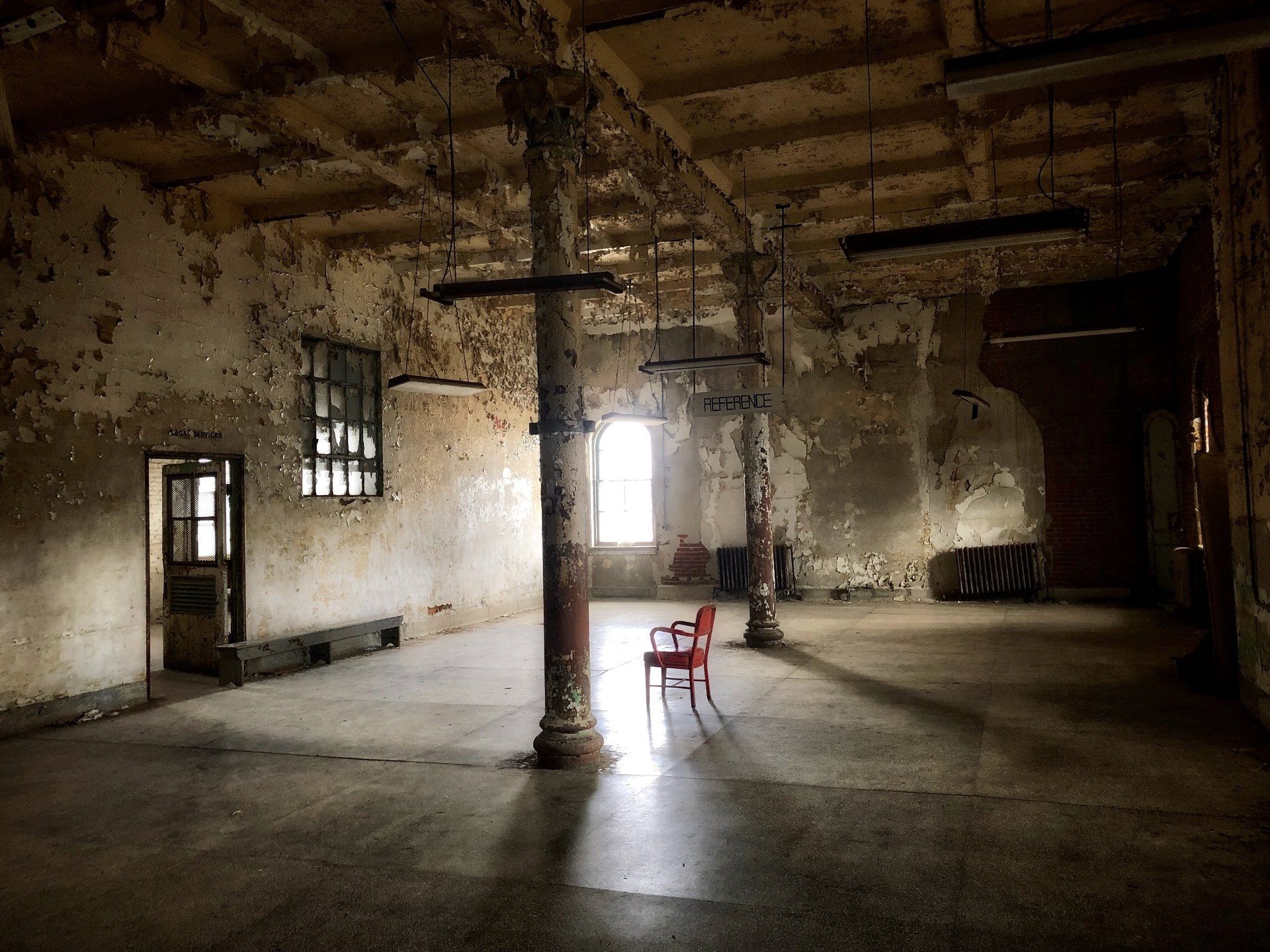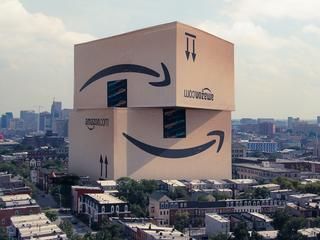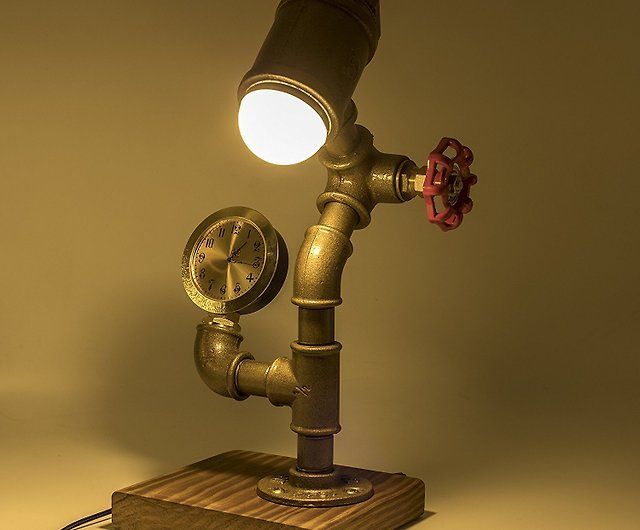Get in touch
843-7908929
info@uslightingsystems.com
What you need to know about the ban on incandescent lightbulbs
Here's the essential breakdown of the ban:
The ban on incandescent lightbulbs has officially taken effect in the United States, following a decade-long process. The Energy Independence and Security Act, passed in 2007, initially set power requirements for general service lightbulbs. However, former President Donald Trump's "energy independence" policy, implemented in an effort to support coal and reverse the Clean Power Plan, slowed the enforcement of the ban. In April 2022, the Biden administration announced the phaseout of energy-wasting lightbulbs, with the ban on the manufacture and sale of incandescent bulbs beginning on August 1, 2023. Data shows that consumer habits have already shifted significantly, with less than 20% of sales consisting of incandescent lighting in the first quarter of 2022. The new efficiency standards require lightbulbs to produce 45 lumens per watt, compared to the 15 lumens per watt of traditional incandescent bulbs. LED bulbs, which are more energy-efficient, are now widely available for various types of bulbs, including those used for recessed lighting, wall fixtures, and bathrooms. The ban aims to conserve energy, reduce carbon emissions, and help consumers save on their energy bills. American households are expected to save nearly $3 billion annually and cut carbon emissions by 222 million metric tons over the next 30 years. While the incandescent bulbs already owned by consumers can still be used, they will have a shorter lifespan than LED bulbs. LED lights offer high efficiency, longevity, and cost-effectiveness, with some bulbs priced as low as $1 or $2. The Department of Energy will enforce the ban, seeking penalties against manufacturers that violate the rule. Fluorescent light bulbs are the next target for increased efficiency standards, with a proposed rule aiming to transition to LED bulbs.




Email us
info@uslightingsystems.com
Subscribe to our email journal
Contact Us
We will get back to you as soon as possible.
Please try again later.








